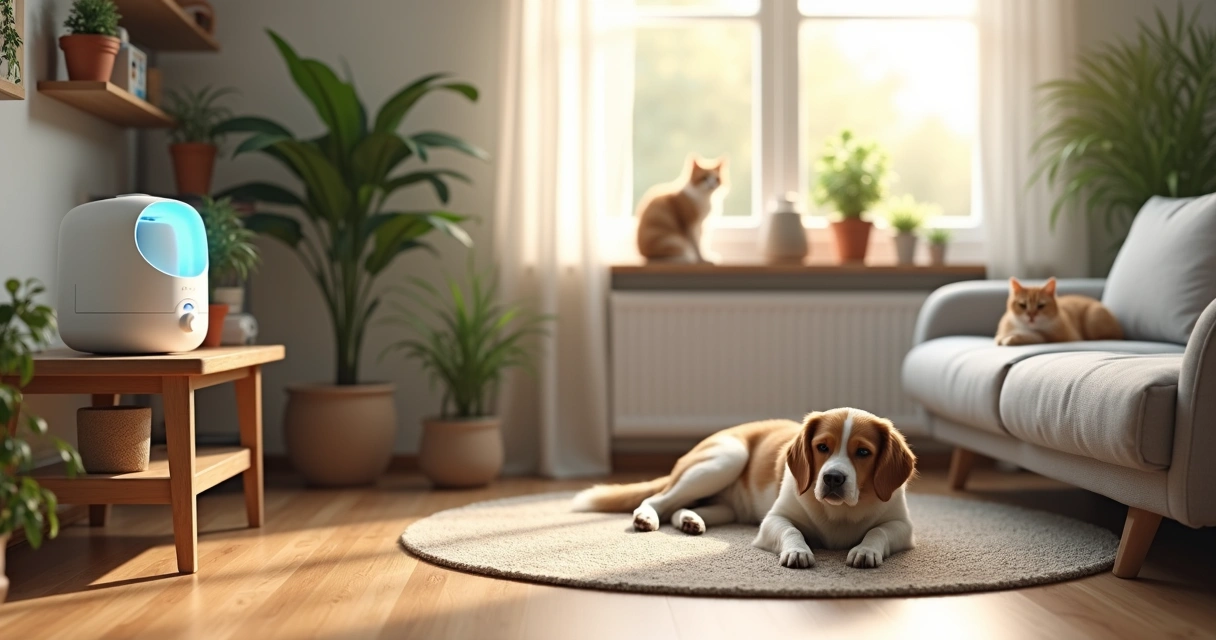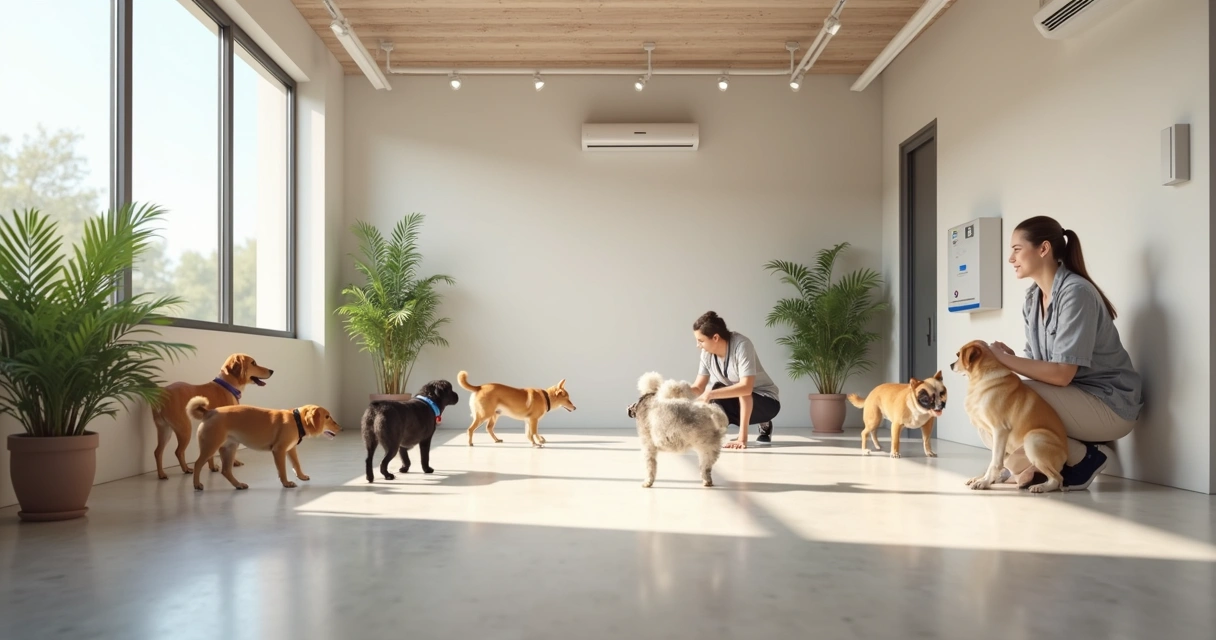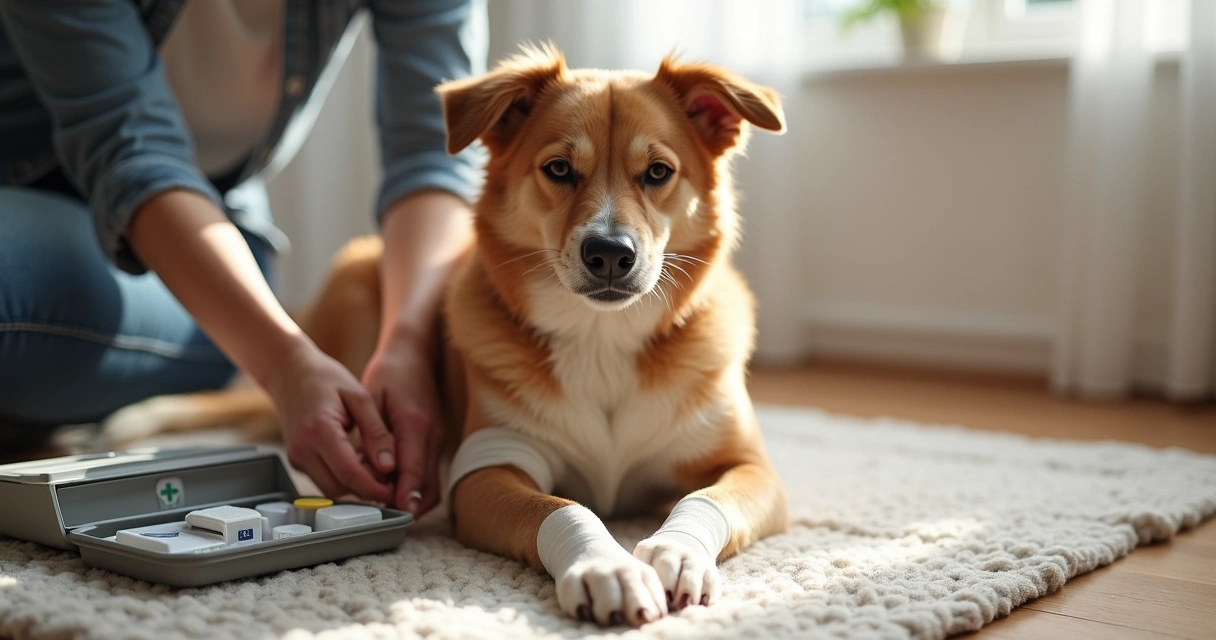Living with both dogs and cats brings endless joy, comfort, and companionship. It also introduces some surprising challenges, especially when someone in the household struggles with pet allergies. The story is familiar—one family member sneezing while another ensnares the dog in a loving hug, or a roommate rubbing their eyes as the cat strolls by, tail swishing. Allergies can feel like a wall between love and comfort. But there are ways forward.
Pet allergies don’t have to ruin the warmth of a shared home.
With the right knowledge and practical steps, you can manage symptoms and create an environment where everyone—human and animal—thrives. Let’s walk through the science and daily routines that bridge the gap between allergic reactions and the joy of animal company.
Understanding why allergies happen with pets
Pet allergies are surprisingly common. According to the CDC national statistics (2021), nearly one in three U.S. adults report an allergy. For children under 18, more than a quarter have some kind of allergy. But what exactly are people reacting to?
- Most pet allergies come from proteins in skin cells, saliva, urine, and sweat—collectively called “dander.”
- As pets groom, play, and simply exist, these proteins stick to fur, become airborne, and settle on surfaces.
- InformedHealth (via NCBI Bookshelf) explains that these allergens can linger in homes for months, even after a pet has left.
- This dander can cause sneezing, coughing, itchy eyes, skin rashes, or even trigger asthma for sensitive people, as detailed in this Mayo Clinic overview.
For some individuals, just being in the same room as a cat or dog can set off symptoms. But there’s nuance—early-life exposure to pets may actually reduce the risk of allergy development, as shown in a peer-reviewed PMC study.
Making your home more allergy-friendly
It’s rarely practical (or desirable) to give up a cherished pet due to allergies. Instead, the aim is to reduce allergen exposure. This means changing a few habits, and maybe creating spaces that offer relief when symptoms flare. Here’s how to start:
- Use washable surfaces where you can. Pet dander clings to carpets, upholstery, and bedding. If you’re able, swap out heavy fabrics for washable covers, opt for leather or vinyl over plush, and use blinds instead of thick curtains.
- Set boundaries. It might break your heart, but keeping pets out of bedrooms or creating dander-free zones gives allergy sufferers a safe space to recharge.
- Ventilate and filter the air. Air purifiers with HEPA filters grab floating allergens. Even something as simple as opening a window for 20 minutes a day helps push dander out and freshen rooms.
- Get on a cleaning schedule. Frequent vacuuming (with HEPA-equipped vacuums), dusting with damp cloths, and regular washing of pet bedding or toys cuts down on allergen buildup.
- Wash hands and change clothes after pet play. Dander clings to skin and fabric. A quick rinse or outfit swap can make a surprising difference, especially before bed.
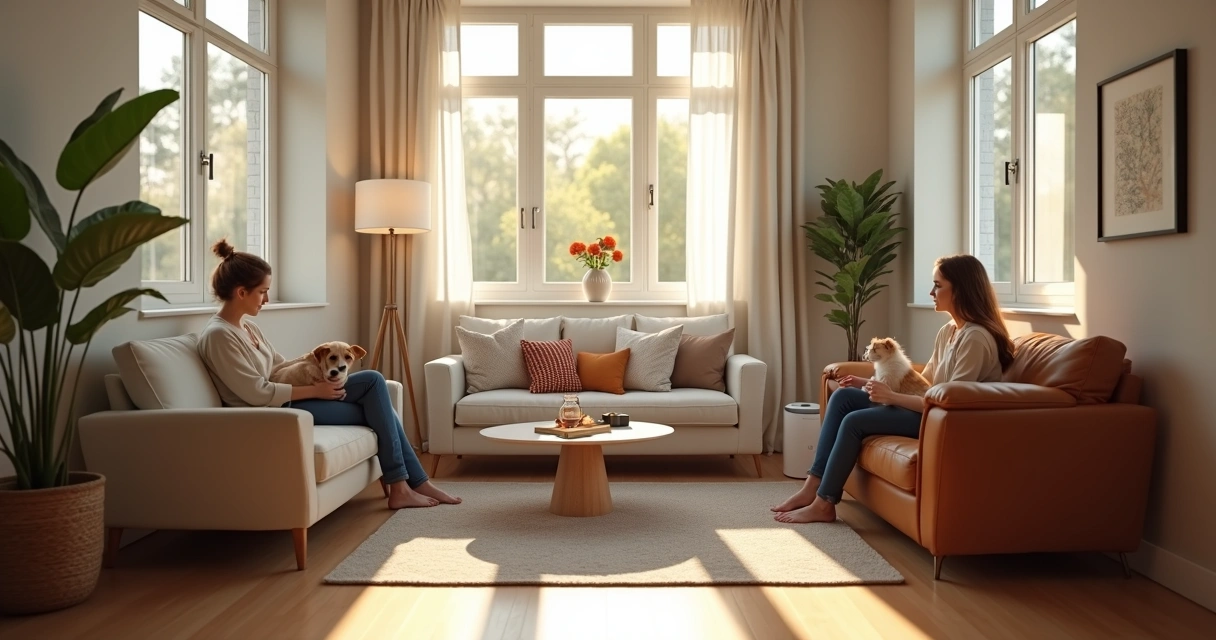
Grooming, bathing, and reducing allergens
Consistent grooming is powerful in keeping dander at bay. Both cats and dogs produce allergens on their skin and shed them as they shed fur (and skin flakes). Bathing pets—using products suited to their species and skin—reduces the buildup. Brushing also helps, as it collects loose fur and skin before they scatter around the home.
Grooming: the simple, gentle ritual that protects everyone in the home.
Dogtown has invested in professional dog grooming and cat grooming services for this very reason. Staff work patiently with each animal, choosing methods and products that clean thoroughly but don’t dry out skin—which could actually make allergies worse. Even specialized options, like moisturizing treatments and nail trims, all aim to minimize the dust of daily pet life. If you can't visit a groomer, try these at home:
- Bathe dogs as recommended (often every 4–6 weeks, but adjust for breed and activity)
- Wipe down pets with a damp cloth daily
- Keep litter boxes clean and away from main living spaces
- Weekly brushing (outdoors, if possible!)
Separating spaces and setting up routines
Without realizing, pets can spread allergens to every inch of a house. Small adjustments to routines help keep symptoms at bay:
- Encourage pets to nap on washable throws or specific beds—it’s easier to clean one item than an entire sofa.
- Use baby gates or indoor fencing to prevent pets from entering certain rooms.
- After a walk or trip outdoors, wipe paws and brush fur before they come inside.
- Keep coats, shoes, and bags stored away from places where pets spend time.
This becomes especially significant if you use a boarding service like Dogtown's professional boarding: clear boundaries and routines mean your pet knows what to expect, and you can keep allergens from overwhelming a returning guest with allergies.
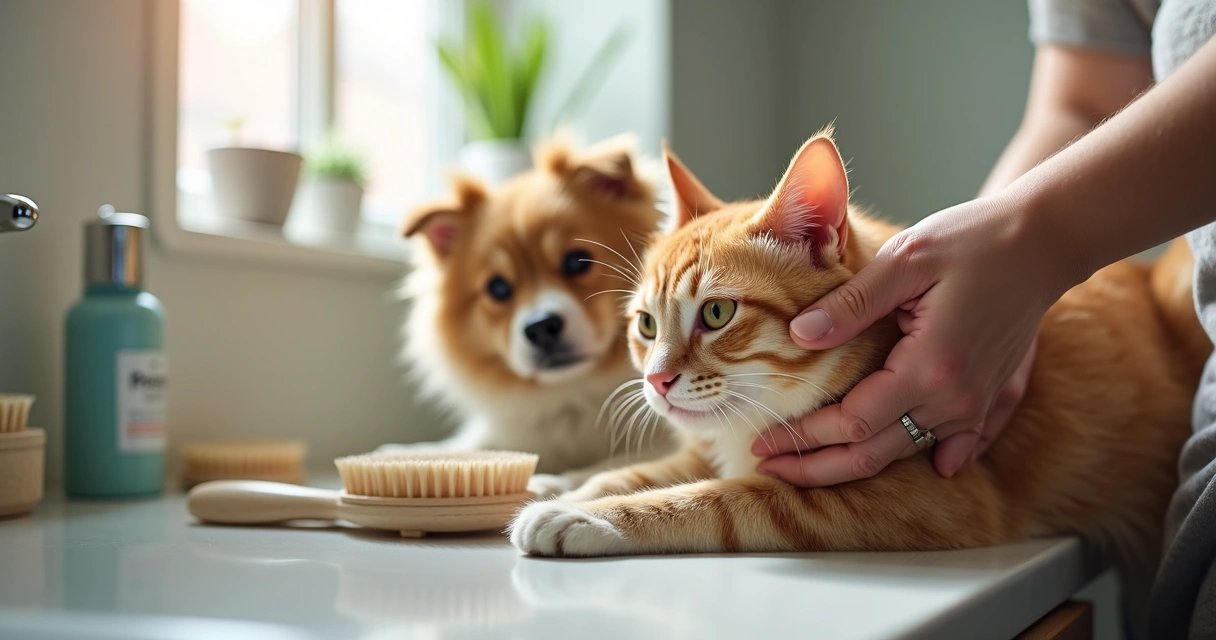
Daily play and exercise without spreading allergens
Naturally, animals love to move. Running, chasing, fetching: all powerful for their well-being, but sometimes a nightmare for allergy-prone owners as fur and dander scatter. Structured exercise, like what’s offered at the Dogtown day camp, helps keep activity (and loose fur) in spaces designed for easy cleaning and frequent ventilation.
For those training pets at home, regular skill sessions in open areas are best. Outdoor training (like the personalized sessions from Dogtown)—when the weather allows—minimizes indoor allergen buildup. Indoors, pick open rooms with washable surfaces.
Seeking medical help and allergy treatment
Sometimes, home adjustments aren’t enough. Allergy specialists can identify the specific triggers through testing and may recommend medications like antihistamines or nasal sprays. In severe cases, immunotherapy (allergy shots) might be an option. If allergies lead to breathing trouble or asthma attacks, it’s very wise to consult a doctor before introducing or keeping pets.
Interestingly, some research indicates that regular, low-level exposure can build up tolerance gradually. Still, this isn’t true for everyone—always listen to your body (and your doctor). And if allergy management is already part of your life, inform pet caregivers, friends, and even boarding centers like Dogtown, so they can support your needs fully.
Conclusion: a loving, allergy-smart household
Living with dogs and cats alongside someone with allergies might seem overwhelming at first. But with steps ranging from scheduled grooming to home cleaning routines and room boundaries, there’s a real path toward balance. Is it perfect? Rarely. But it’s absolutely doable.
Allergies and pets can share the same space—with planning, patience, and care.
If you want hands-on support—professional grooming, safe training, or thoughtful boarding—Dogtown’s team in Gloucester is ready to help you build a happy, allergy-friendly pet life. Book a pre-enrollment assessment or reach out to explore our services designed for your whole family, furry or not.
Frequently asked questions
What are common symptoms of pet allergies?
Common symptoms include sneezing, watery or itchy eyes, runny or blocked nose, coughing, wheezing, and skin rashes. In people with asthma, exposure to pet allergens can trigger asthma attacks or worsen symptoms. If you notice any of these signs, especially soon after spending time with dogs or cats, you might have a pet allergy.
How to reduce pet dander in the home?
Reduce pet dander by grooming pets often (bathing and brushing), cleaning surfaces with damp cloths, using air purifiers with HEPA filters, and washing bedding and soft surfaces weekly. Restricting pets from bedrooms and ensuring they spend time outside also helps. Professional grooming, like that offered by Dogtown, can further cut down on dander buildup.
Can air purifiers help with pet allergies?
Yes, air purifiers with HEPA filters capture airborne dander and other allergens, making the air easier to breathe for people sensitive to pets. Place purifiers in frequently used rooms for best results, and change filters as recommended by manufacturers.
What are the best cleaning tips for allergies?
Use a vacuum with a HEPA filter, wipe down hard surfaces with a damp cloth, wash pet bedding often, and minimize clutter where dander collects. Wash hands and change clothes after heavy pet contact, launder curtains and throws, and steam-clean carpets or opt for bare floors when possible.
How can I live with pets if allergic?
Living with pets while allergic means managing exposure: regular grooming, frequent home cleaning, air filtration, and setting pet-free spaces (especially for sleeping). Consulting with an allergy specialist can provide medical solutions, too. Services like Dogtown’s grooming and structured play help, and open conversation with everyone sharing your home makes a big difference.


